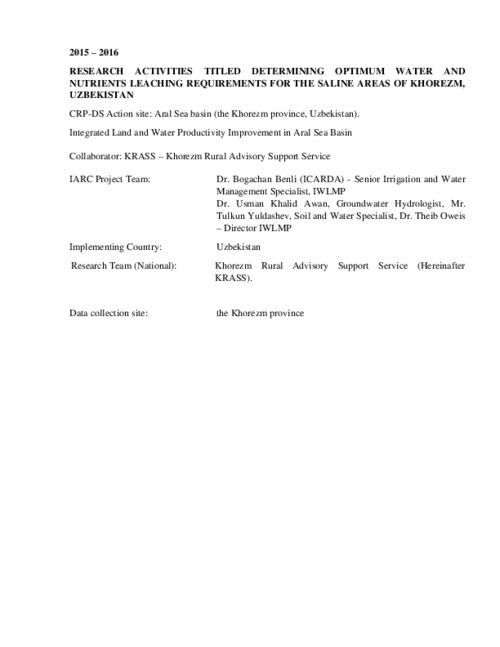Linking soil erosion to on-site financial cost: lessons from watersheds in the Blue Nile Basin
The study was conducted in three watersheds (Dapo, Meja and Mizewa) in the Ethiopian part of the Blue Nile Basin to estimate the on-site cost of soil erosion using the productivity change approach, in which crop yield reduction due to plant nutrients lost with the sediment and runoff has been analysed. For this purpose, runoff measurement and sampling was conducted during the main rainy season of 2011 at the outlet of two to three sub-watersheds in each watershed. The sediment concentration of the runoff, and N and P contents in runoff and sediment were determined.




